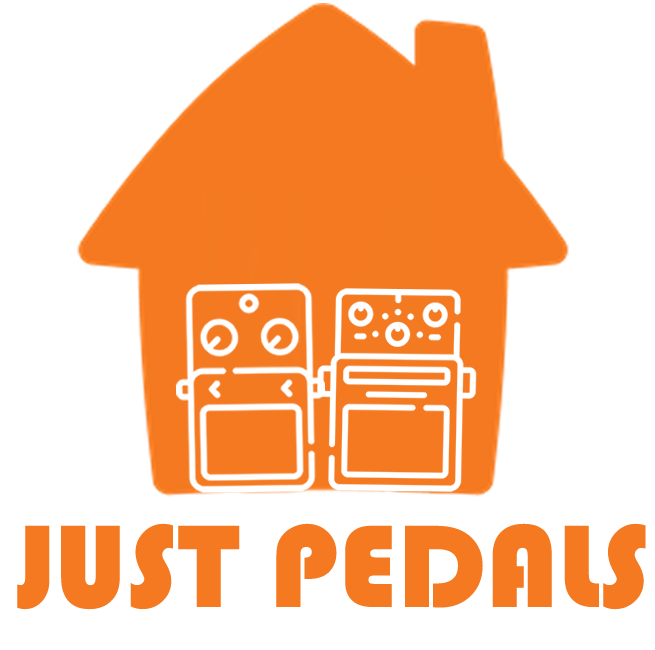just a load of Wah Video – Expectation VS Reality | Wah Pedal |
Wah Video – Expectation VS Reality | Wah Pedal |
Valeton GP-5 Super Compact Multi-Effects Processor & NAM/IR Loader Pedal
Ultimate Tone & Portability: Combines studio-grade HD effects with a compact stompbox design, delivering over 100 organic effects and 9 customizable modules for seamless pedalboard integration. NAM & IR Compatibility: Load up to 80 Neural Amp Modeler… read more
Behringer OCTAVIA OCTAVE FUZZ Vintage Octave Fuzz Pedal with Aggressive Tone and Octave Up Effect
£48.07
Authentic 60s Fuzz Tone: Experience the iconic octave-up fuzz sound that defined legends like Jimi Hendrix, Jeff Beck, and Stevie Ray Vaughan. Perfect for psychedelic rock and blues. Pure Analog Circuitry: Built with 100% analog silicone-based techno… read more
LEKATO Guitar Looper,Built-in Tuner,Bass Loop Effect Pedal(9 Loop Tracks,Max 40 Minutes Overdub Recording) Electric Guitar Loop Machine,Musicial Gears for Guitars/Bass/Keyboard/Drum
£56.99
♬LONG MEMORY: This LEKATO guitar looper creates complex, layered music with up to 9 independent tracks.And the single loop recording time is 10 minutes, total recording time up to 40 minutes, allowing you to record, overdub, and play back loops in re… read more
Sondery Metal Distortion Pedal for Electric Guitars, Warm Smooth Wide Range of Vintage Distortion, 3 Modes of Solo Turbo and Normal, True Bypass Mini Size Art Design Series
£25.99
Metal distortion guitar effect pedal gives a warm, smooth and wide range of vintage distortion sound. 3 Controls by Volume, Filter and Distortion 3 modes of Solo, Turbo and Normal, easily switch to different positions to distortion the device for one… read more
SONICAKE Passive Volume Pedal Mini Expression Guitar Effect Pedal 2 in 1 Vexpress
£42.00 £35.99
Passive Volume Control/Expression Control 2 functions in 1 Pedal. Automatically Detect the Functionality (Volume or EXP Control). Working with Guiar, Bass, Keyboard, Synthesizer, Workstation, Controller, etc. Working without Battery or Pedal Power Su… read more
ALABS CETUS Reverb Pedals for Electric Guitar, Reverb Guitar Pedal with 9 Reverb Effects,Analog Dry Through,Freeze function, Adjustable Modulation,Multi-Expression Control, True Bypass,True Stereo
£109.99 £104.49
【9 Professional True Stereo Reverbs】Alabs CETUS reverb pedal provides 9 high-quality effects, including Hall, Room, Church, Spring, Plate, Swell, Shimmer, Cloudy, and Wave. All effect types can be further exaggerated by adjusting the Mod parameter. 【… read more


















